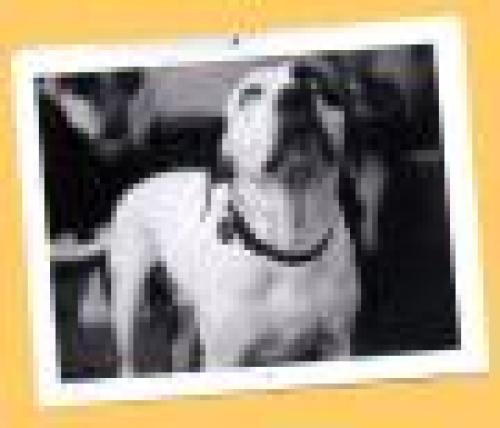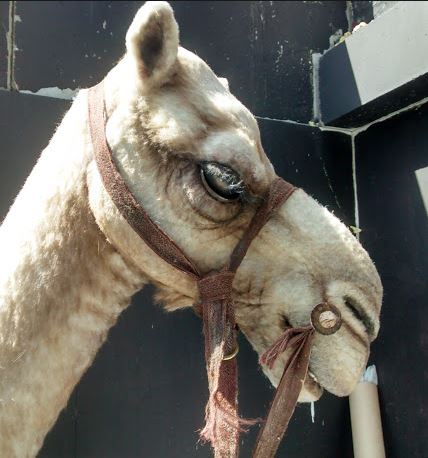ASK & DISCUSS
INDEXCamera lenses
11 years, 8 months ago - nena eskridge
I need a crash course on lenses. I'm a first time feature director and know next to nothing about them. We're shooting with a Sony F3 and the DP says we have: 24 mm, 50mm, 85mm, 100mm. also a 250 russian lense and a few Cooke (?) lenses: 18mm, 35mm, 100mm. What's the best way for me to educate myself? Is there a book? online course? something anything?
Only members can post or respond to topics. LOGIN
Not a member of SP? JOIN or FIND OUT MORE
11 years, 8 months ago - nena eskridge
thanks! love the telephoto effect, Marlom! in fact, that's the one shot I asked my DP about. And he's very happy I'm interested in lens at all. So yes, I'm sure he'd be glad to take a day to show me lens, good suggestion. thanks again.
11 years, 8 months ago - Dan Selakovich
If you can afford it, you might rent a director's finder for a week, and just always keep it on hand. Whenever you have a spare moment, take a look through it on specific lens settings until you can imagine what that shot would look like if you used an 18mm. If you don't know what a director's finder is:
http://www.filmtools.com/marvdirview.html?gclid=CLH1-NqEs7wCFVJcfgod6WsAZA
11 years, 8 months ago - Dan Selakovich
Sorry, that was unclear: I mean any focal length, not just "18mm".
11 years, 8 months ago - Paddy Robinson-Griffin
The smaller the number the wider the shot, so the more things appear in the picture. You get in closer and create more 'depth' in the shot, but more distortion also. Bigger numbers mean the reverse.
'Aperture' / 'F-stops' are about how much light a lens will let in. This affects the brightness of the image which can be manipulated to increase/decrease your depth of field.
It's all about physics, ultimately, so depending on your learning style you may find learning about pinhole cameras and lenses from a GCSE (or the local equivalent age 16 exam syllabus) textbook?
11 years, 8 months ago - Marlom Tander
The best way, can you spend a day with your DP and simply shoot the same simple scenes - person walking to, away, across etc through different lenses. Get a feel for them. Possibly make measurements of angles of view etc for your shot planning.
One element that can be very powerful, though little used in movies (because it can be logistically challenging), is the telephoto effect on "big" shots. For "real sizes" and compressing.
http://www.cambridgeincolour.com/tutorials/telephoto-lenses.htm - but don't mouseover the Google ad, v annoying video pops up.
I'm a little rusty, but the actual impact of a lens "size" depends on it's relationship to other camera dimensions (film size IIRC ) so you shouldn't assume that what you see using a 100mm lens with one camera will be the same with another. (Unless someone jumps up and says that they're standardised the way they were for 35mm film cameras).
cheers


